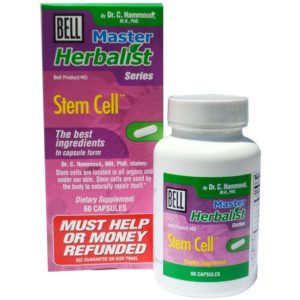Varicocele: Symptoms, Causes, and treatment
Varicocele Explained
Varicocele is usually accompanied by painless symptoms; this includes swollen veins, heavy scrotum, etc, …

Varicocele is when veins in your scrotum swell and get larger. It’s a lot like a varicose vein that you get in your leg. It might feel like a bag of worms.
It is a male disorder that causes the varicose veins of the testicles to enlarge. This pathology affects the full functioning of the blood vessels, increases the pressure in the veins. It is more common on the left testicle, rarely on both.
This pathology is a common cause of low sperm production and decreased sperm quality, which can cause infertility. However, not all varicoceles affect sperm production.
This pathology can also cause testicles to fail to develop normally or shrink causing testicular atrophy.
How does a varicocele form?
Veins throughout the body carry blood from various organs back to the heart. Normally, they have valves that ensure the blood moves in the proper direction. However, when valves in the testicular vein don’t work properly, gravity can make blood collect in the scrotum, causing a varicocele. They usually occur on the left side, likely related to the course of the testicular vein in the abdomen.
HERE IS THE BEST HERBAL TREATMENT FOR YOUR VARICOCELE


Click here for more information concerning these treatments.
Or kindly reach us on +229 52 12 44 75
What causes Varicocele?
The main causes of varicose veins in the testicles include:
- Genetic predisposition to varicose veins;
- physical activity with constant weight lifting;
- features of the anatomical structure, contributing to the entrapment of the veins in the genitals;
- neoplasms (both benign and malignant);
- constipation and diarrhea in the chronic stage;
- irregular sex life;
- increased body weight;
- various inflammatory processes.
Stages of the disease
- At the first stage, there are no external manifestations of varicocele, except on palpation;
- in the second stage of the disease, dilated veins on the testicle are clearly visible (more often on the left – due to anatomical features), but its size is not changed;
- at the third stage, with pronounced varicose veins, a change in the size of the testicle is visible.
Symptoms
A varicocele often produces no signs or symptoms. Rarely, it might cause pain. The pain may:
- Vary from sharp to dull discomfort
- Increase with standing or physical exertion, especially over long periods
- Worsen over the course of a day
- Be relieved when you lie on your back
- Impaired fertility
With time, varicoceles might enlarge and become more noticeable. A varicocele has been described as looking like a “bag of worms.” The condition might cause a swollen testicle, almost always on the left side.
Varicoceles and Low Testosterone Levels
Some studies have shown that a varicocele can cause low testosterone levels in some men. Low testosterone levels in adolescent boys and men can lead to serious health concerns.
Testosterone is a hormone that is produced primarily in your testicles. It is the primary male hormone and is responsible for regulating male characteristics, including sexual development and sexual function.
When your testicles are not producing enough testosterone, you can experience a number of unpleasant side effects, some of which can lead to serious health concerns and lifestyle issues.
Men with low testosterone levels can experience one or more of the following side effects:
- Decreased exercise tolerance
- Depression
- Fatigue
- Hot flashes
- Increased irritability
- Lack of ambition
- Low energy
- Low sex drive
- Osteopenia or osteoporosis (low bone mineral density)
- Reduced muscle mass or muscle weakness
- Sexual dysfunction
- Trouble concentrating
- Trouble sleeping
Are you suffering from this pathology? If yes, Click here for more information concerning these treatments.
Or kindly reach us on +229 52 12 44 75. We wish you a quick recovery!!!
reference : herbcures.org
Comments
Post a Comment